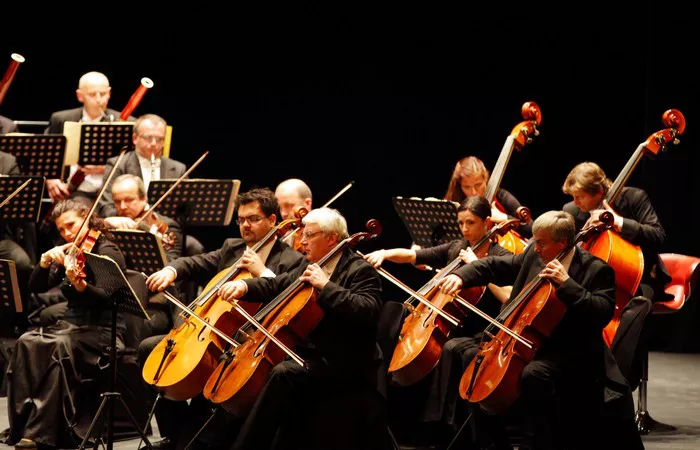Classical music is renowned for its rich harmonic language, intricate melodies, and emotional depth. Among the various chords used in classical compositions, the major 7 chord holds a unique place, adding a touch of sophistication and tension to musical passages. In this article, we will delve into the significance of the major 7 chord in classical music, its harmonic structure, and its role in evoking emotions and enriching musical compositions.
1. Defining the Major 7 Chord
The major 7 chord is a four-note chord consisting of the root, major third, perfect fifth, and major seventh intervals. It is built upon the tonic or first note of a major scale and is expressed as “Maj7” or a triangle symbol followed by “7.” For example, in the key of C major, the Cmaj7 chord consists of the notes C (root), E (major third), G (perfect fifth), and B (major seventh).
2. Harmonic Structure and Sound
The major 7 chord is often described as having a smooth, lush, and somewhat dreamy quality. This is due to the close interval between the major seventh and the root, creating a sense of tension and resolution when the chord resolves. The combination of the major third and major seventh intervals produces a half-step interval, contributing to the chord’s distinct sound.
3. Role in Classical Music
In classical music, the major 7 chord is used to add color and emotional depth to compositions. Composers employ this chord in various contexts, from simple progressions to more complex harmonies. Its dissonance and resolution make it a powerful tool for creating tension and release within a piece, drawing listeners into the emotional journey of the music.
4. Use in Chord Progressions
The major 7 chord is often found in chord progressions within classical compositions. It commonly appears in sequences like ii-V-I progressions, where the ii chord (minor 7) is followed by the V chord (dominant 7) and resolves to the I chord (major). This progression is prevalent in jazz and classical music, creating a sense of harmonic movement and resolution.
5. Expressing Emotional Nuances
The major 7 chord is versatile in its ability to convey a range of emotions. Its lush and expressive sound makes it suitable for moments of introspection, romanticism, and contemplation. In contrast to the stability of a traditional major chord, the major 7 chord introduces a touch of melancholy and yearning, evoking bittersweet emotions in the listener.
6. Compositional Examples
Throughout the history of classical music, many renowned composers have employed the major 7 chord in their compositions. One famous example can be found in Claude Debussy’s “Clair de Lune.” The piece features a poignant use of the Bmaj7 chord, contributing to the evocative and dreamlike atmosphere of the music.
7. Modal Interchange and Borrowed Chords
In addition to its role within the context of a key, the major 7 chord can be used as a borrowed chord from parallel keys or modes. This technique, known as modal interchange, allows composers to introduce new colors and harmonic possibilities into their compositions. The major 7 chord can be borrowed from the parallel minor key, adding a subtle and unexpected twist to the music.
8. Challenging Aspects of the Major 7 Chord
While the major 7 chord can be a beautiful and expressive addition to a piece, it also presents some challenges for composers and performers. Its dissonant nature requires careful handling to avoid clashes with other harmonies, and it may not suit all musical styles or contexts. Composers must consider the context and emotional intent of their composition when incorporating the major 7 chord.
9. Expanding Harmonic Horizons
As classical music evolved over the centuries, composers began to explore new harmonic possibilities, including the expanded use of the major 7 chord. The chord’s ability to add emotional depth and complexity to compositions contributed to the development of new musical styles and experimentation with tonality.
10. Conclusion
The major 7 chord holds a unique and expressive place in the world of classical music. Its lush and dreamy sound, combined with its ability to create tension and release, enriches compositions and enhances emotional expression. From its use in chord progressions to its role in conveying various emotions, the major 7 chord has become an integral part of classical compositions, captivating audiences and leaving a lasting impact on the world of music. Composers and performers alike continue to explore the harmonic possibilities of the major 7 chord, ensuring its enduring presence in the realm of classical music for generations to come.

